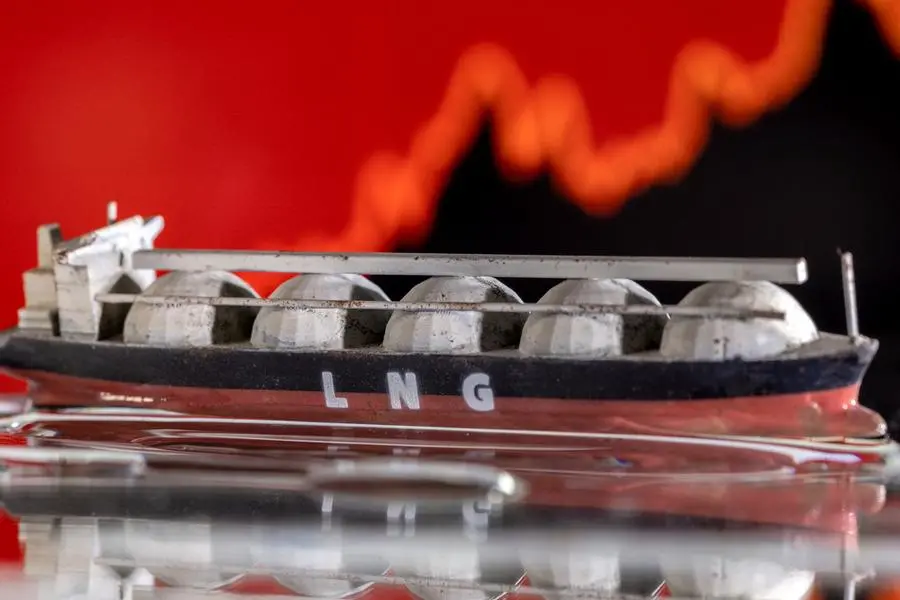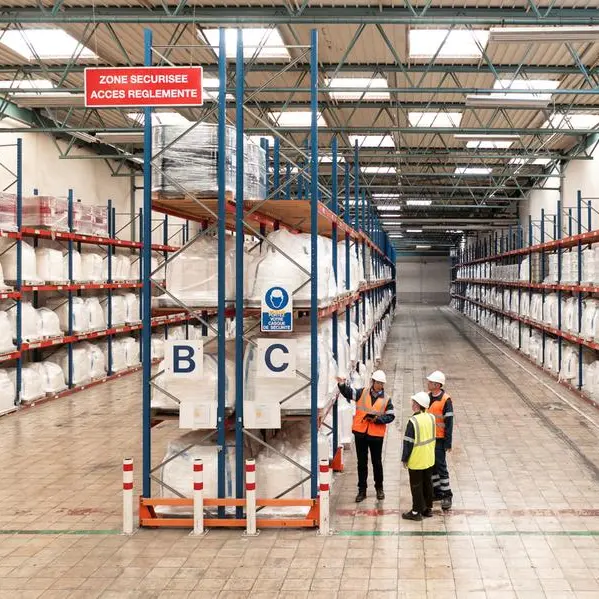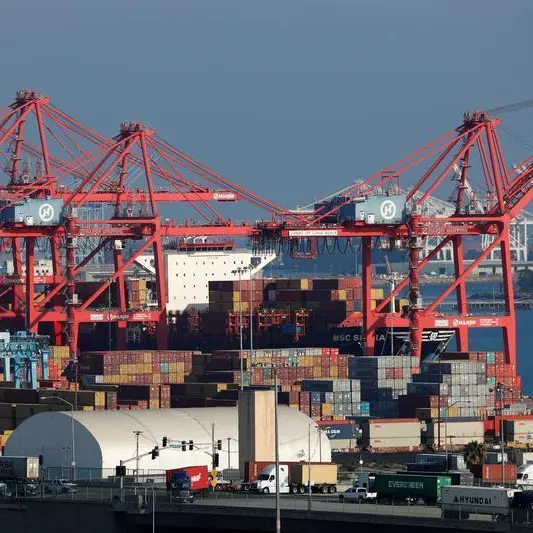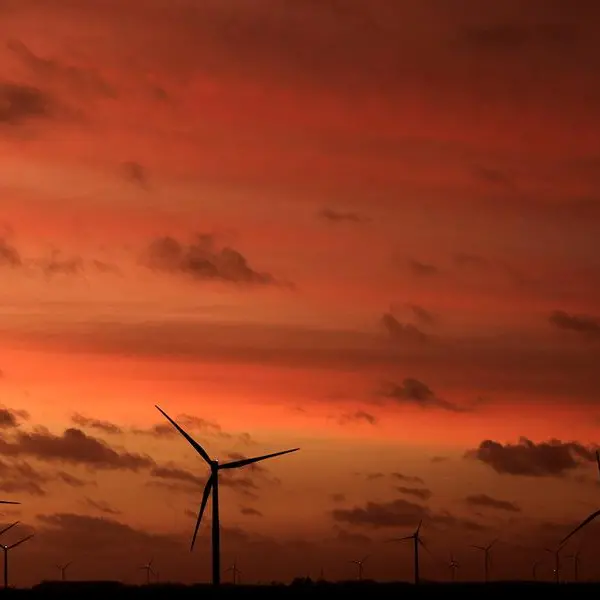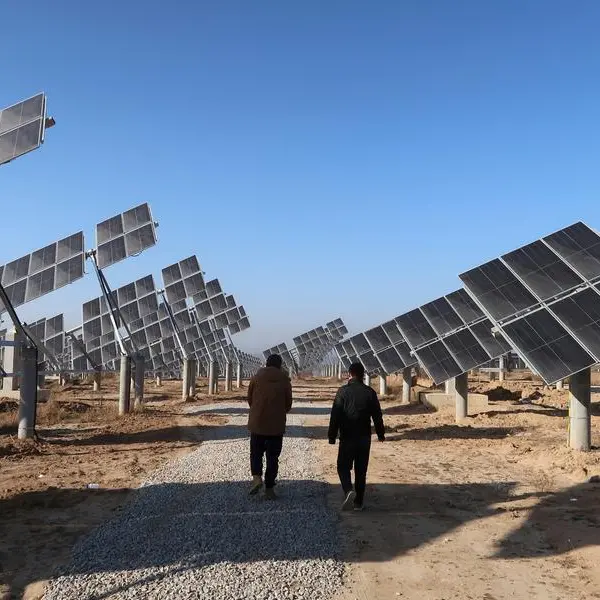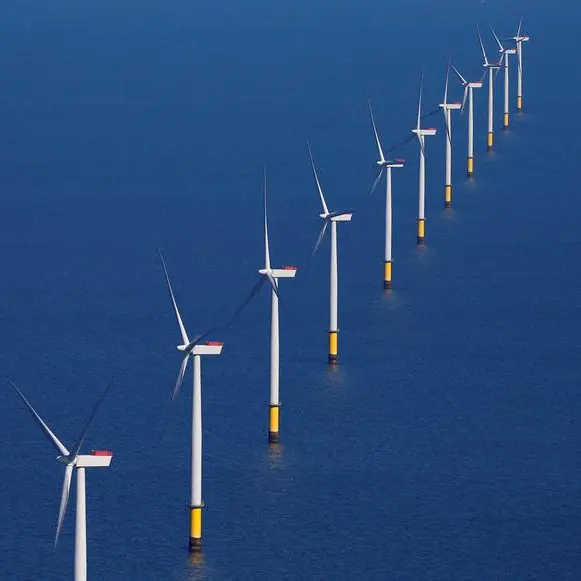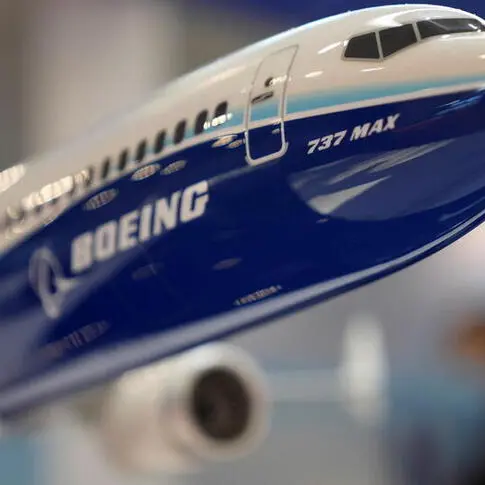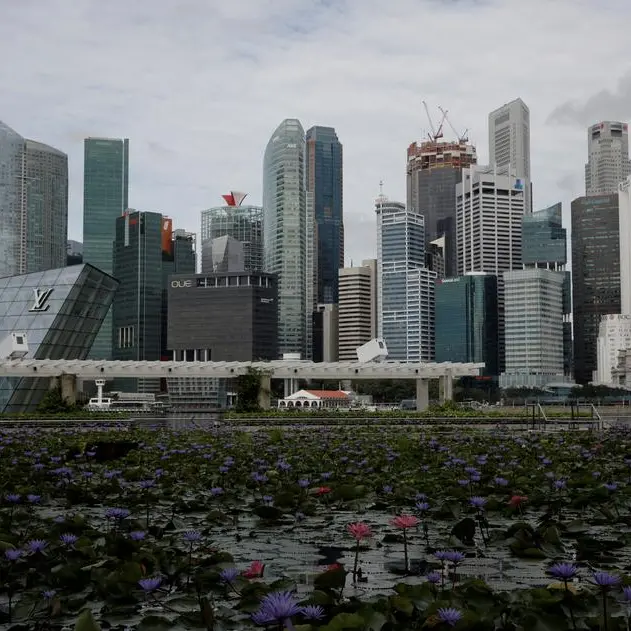PHOTO
(The opinions expressed here are those of the author, a columnist for Reuters.)
ADELAIDE - Australia's vast liquefied natural gas (LNG) industry is trying to pull off something that seems almost impossible. They want to lead the transition to clean and renewable energy, while at the same time continuing to invest in, and produce fossil fuels.
The over-arching message from the industry annual conference was that the LNG producers see themselves as drivers of the change to net-zero, and that they are best-placed to deliver the solutions that will end carbon emissions while still providing the needed energy for humanity.
Australia is the world's largest exporter of LNG, although it is likely to overtaken by rivals the United States and Qatar as both those countries expand capacity at a faster pace.
Australia's LNG producers also want to develop new natural gas fields and processing plants, and at the same time invest billions of dollars to de-carbonise their industry and develop new energy sources, such as hydrogen and ammonia.
In effect, what the industry was talking about at this week's Australian Petroleum Production and Exploration Association (APPEA) event was a plan to carry on business as usual, while also ramping up efforts to get to net-zero carbon emissions.
Meg O'Neill, the APPEA chair and also chief executive of Australia's largest oil and gas producer, Woodside Energy , told the conference that the LNG industry was "not a passenger on the road to net zero. We are a driver."
The argument goes something along the lines of existing and new LNG should continue as ultimately it's about 50% better than coal when used to generate electricity.
At the same time, the LNG industry should invest in carbon capture, utilisation and storage (CCUS) in the production and transportation stage of the LNG cycle in order lower emissions.
The problem with CCUS is it is still be deployed at scale, is costly, and capturing the emissions from extracting natural gas and producing LNG still only removes about 20% of the total emissions, with the bulk of carbon dioxide created when the fuel is burnt.
The industry also sees itself as well-placed to drive the move into hydrogen and ammonia, the fuel that can be created from hydrogen and is easier to transport and store.
The oil and gas sector can also help deliver solutions that are currently still in the stage of ideas, such as capturing carbon emissions at the point of combustion, such as at a Japanese power plant, liquefying the carbon dioxide and then shipping back to Australia for injection into a depleted underground reservoir.
TIMING CHALLENGES
The problem for the LNG industry's vision is the timeline.
Currently the vast majority of the money being spent is deployed to develop what could largely be described as conventional LNG resources.
For example, Woodside is spending some $12 billion to develop its Scarborough natural gas field off Western Australia's coast, and has another advanced LNG project with its Browse field.
The company has also earmarked $5 billion for hydrogen and other low-carbon projects, to be spent by 2030.
But the hydrogen projects are largely still at the early stages and even if all the permitting approvals are received, they will still take several years to get up and running.
Woodside is not the only company with this dilemma. It's an industry-wide problem that projects take several years, and sometimes more than a decade to go from initial proposal to actual production.
It's also not always the oil and gas company's fault, governments and regulators are notorious for being slow to approve projects, environmental activists have become better at launching court challenges that at best delay, and sometimes end projects.
There is also the chicken and egg problem of the need to sign up customers prior to investing, but customers want to be sure the company can deliver what it says it can before they commit to purchase agreements or equity investments.
The overall takeaway from the APPEA event is that expectations for a rapid energy transition are unrealistic, and the best way to speed things up is boosting cooperation between the industry, the regulators and the customers.
But even if a new sense of urgency emerges, the gap between the industry effectively carrying on with the business-as-usual of producing and supplying fossil fuels and the ambitions of a net-zero carbon future is wide, and if anything likely getting even wider.
As Irtiza H. Sayyed, Exxon Mobil's president of low carbon solutions in Asia-Pacific, told the event: "Ideas come easily in this space, but execution is hard."
The opinions expressed here are those of the author, a columnist for Reuters.
(Editing by Stephen Coates)
